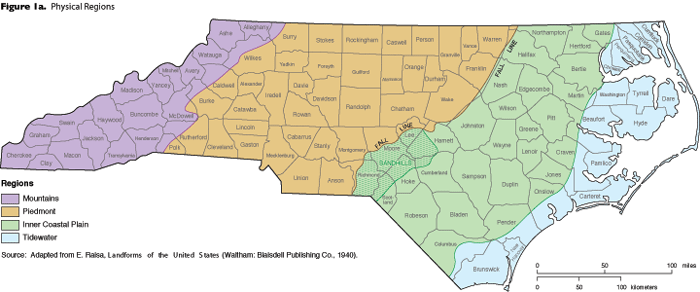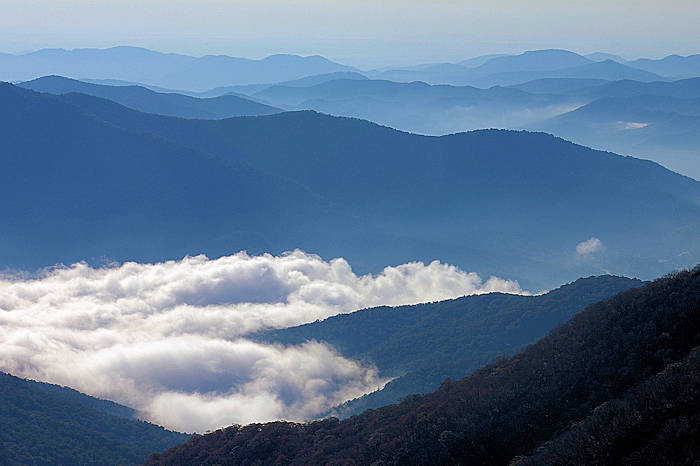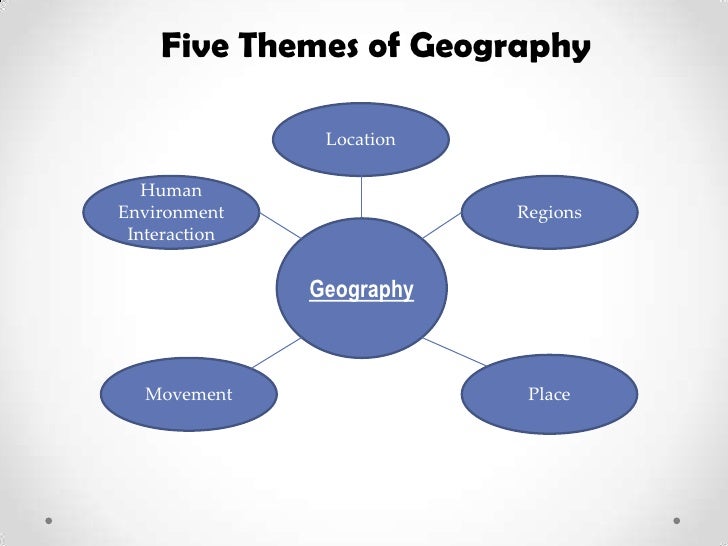
The five themes of geography are what describe the whole subject of Geography in five themes. They are Known to be location, place, human-environment interaction, movement, and region. When we are discussing the study of the physical features of the earth, including how humans affect the earth and are affected by it, these themes are what we use to describe on how Geography is used. It can be key when we wish to understand a specific area and what we would do to it. To see just how much these themes work in geography, let us look at an example of this in the flagship of the National Park Service and a favorite place to visit for to millions of visitors each year, Yellowstone National Park.


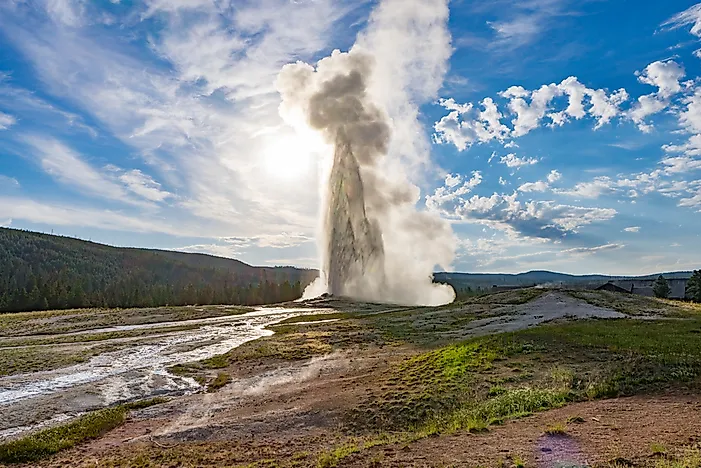
The next them to talk about is place. This refers to the physical and human aspects of a location. This theme of geography is associated with the name of a place (toponym), the description of the features of the place (site), and the environmental conditions of the place (situation). In Yellowstone, it is described as a geological smoking gun that illustrates how violent the Earth can be. It stands out from other national parks with the extravaganza of its geysers and hot springs, as well as the amount of wildlife that it has with its bison, elk, and bears. The reasons for the geysers and hot springs is due to most of the park rests atop a slumbering super volcano that erupted half a million years ago and is showing signs of renewed activity. Don’t worry, it is not expected to erupt in the near future.
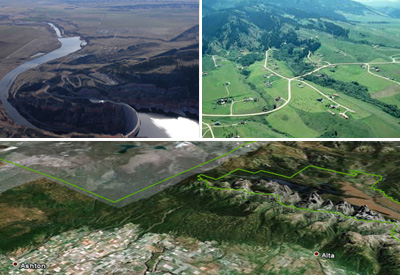
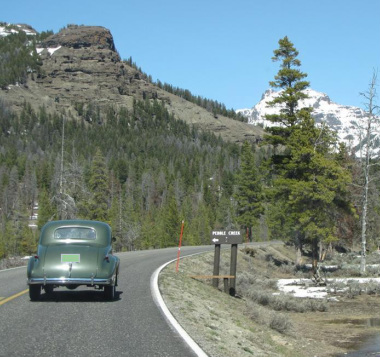
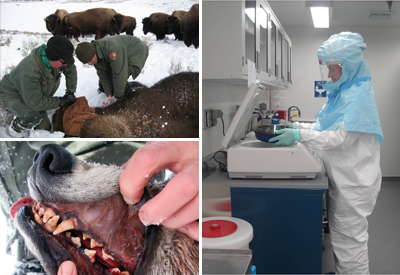
Biologists studying Yellowstone have noted that human intervention in natural ecological processes may be the cause of wildlife disease and mortality. Human activity has caused many diseases to spread into Greater Yellowstone and has resulted in population declines. The most notable is the population decline of wolves and trout. Management interventions have been put in place to combat the spread of foreign disease in such intricate and delicate ecosystems.

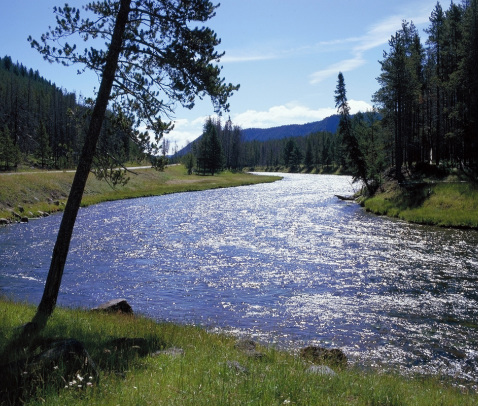

The Earth is full of movement and in a human-dominated planet, movement primarily refers to the translocation of human beings, their goods, and their ideas from one end of the planet to another. An example of this in our case with Yellowstone is with wolves. In 1995, Yellowstone brought the wolves back to the park. After 70 years without wolves, the reintroduction caused unanticipated change in Yellowstone’s ecosystem and even its physical geography. In a way that improved the park in the years since and made it better than it was before the wolves came back. Another example is the number of people who visit the park and interact with it in their own way. Yellowstone receives about a half-million visitors each year who move in and out of the park to witness the wonders the park provides. This is yet another example of the theme of movement in progress.
Finally, we get to region. An area on the planet that is composed of places with a unifying characteristic is a region, one of the five themes of geography. A region is defined by its uniform physical or human characteristics. Yellowstone National Park is in the northwest region of the United States. The park covers 3,472 square miles and is the oldest, one of the largest, and probably the best-known national park in the United States, being established by the U.S. Congress on March 1, 1872 as the country’s first national park. Including the greatest concentration of hydro thermal features in the world, it is home to geysers, hot springs, mud pots and fumaroles bubble, gurgle, hiss and spout throughout the area. The presence of so many thermal features and earth tremors indicates that molten rock lies just beneath the Earth’s surface.

Sources Used:
https://www.yellowstonenationalpark.com/
https://www.travelwyoming.com/national-parks-and-monuments/yellowstone
http://montanauntamed.com/get-outside/article_410f4e02-ecc0-5202-9107-fa286bb6be33.html
https://www.travelandleisure.com/travel-tips/travel-warnings/yellowstone-supervolcano-eruption
https://visityellowstonenationalparkyall.weebly.com/human-impact-and-the-future.html
https://www.nationalgeographic.com/travel/national-parks/yellowstone-national-park/
https://www.worldatlas.com/articles/yellowstone-national-park-unique-places-around-the-world.html
https://www.yellowstonepark.com/park/where-is-yellowstone-national-park
https://www.worldatlas.com/the-five-themes-in-geography.html





